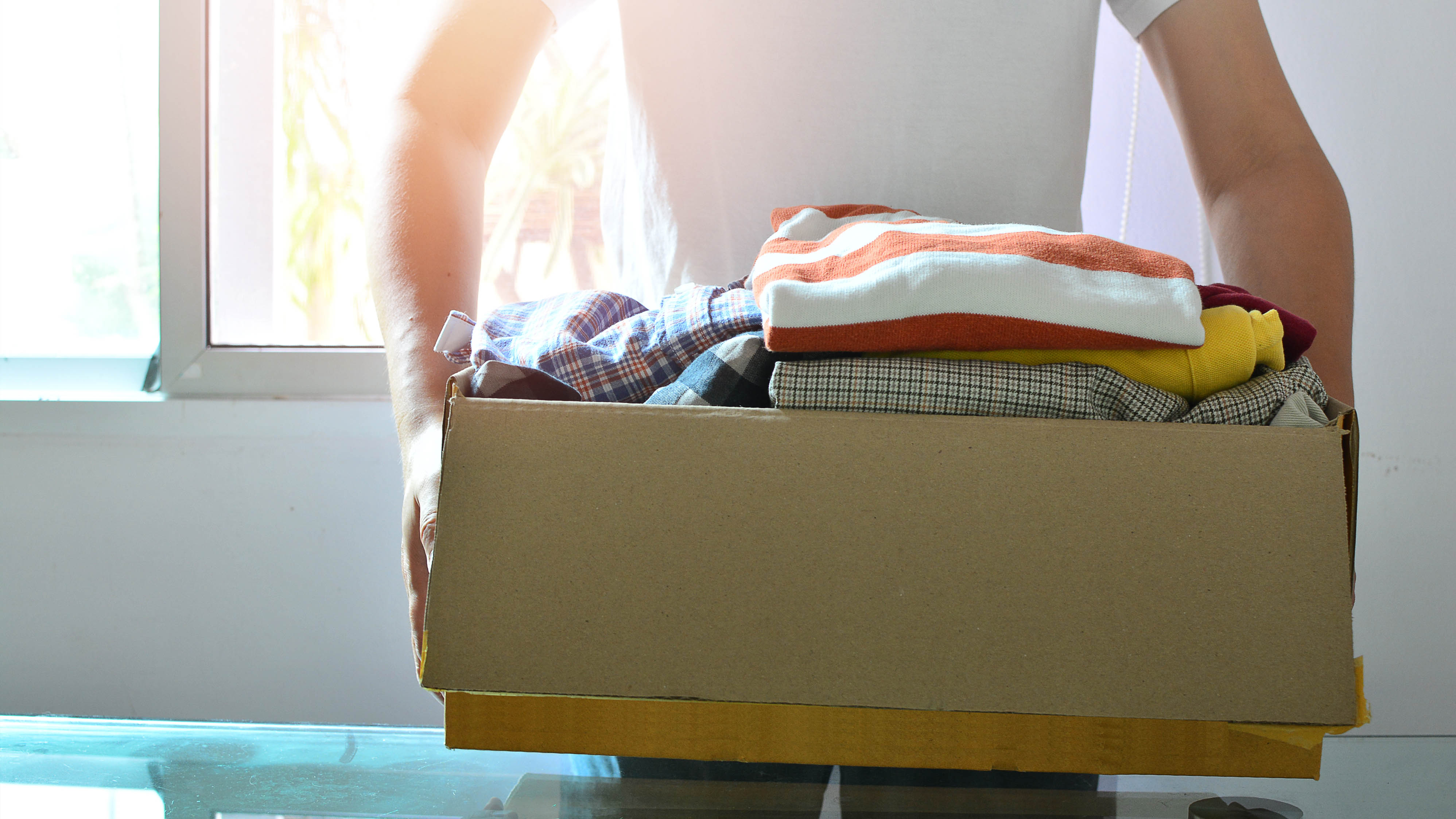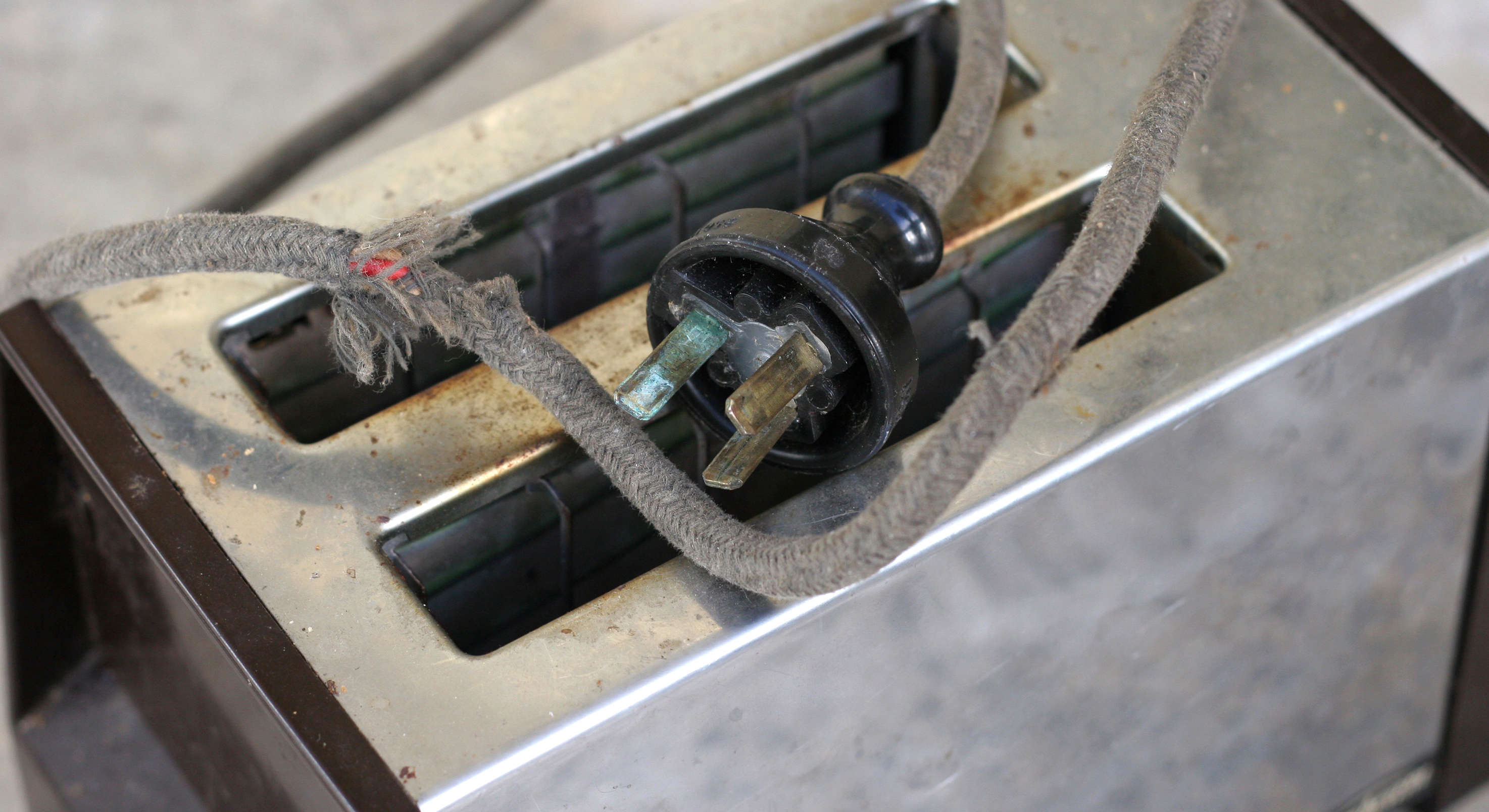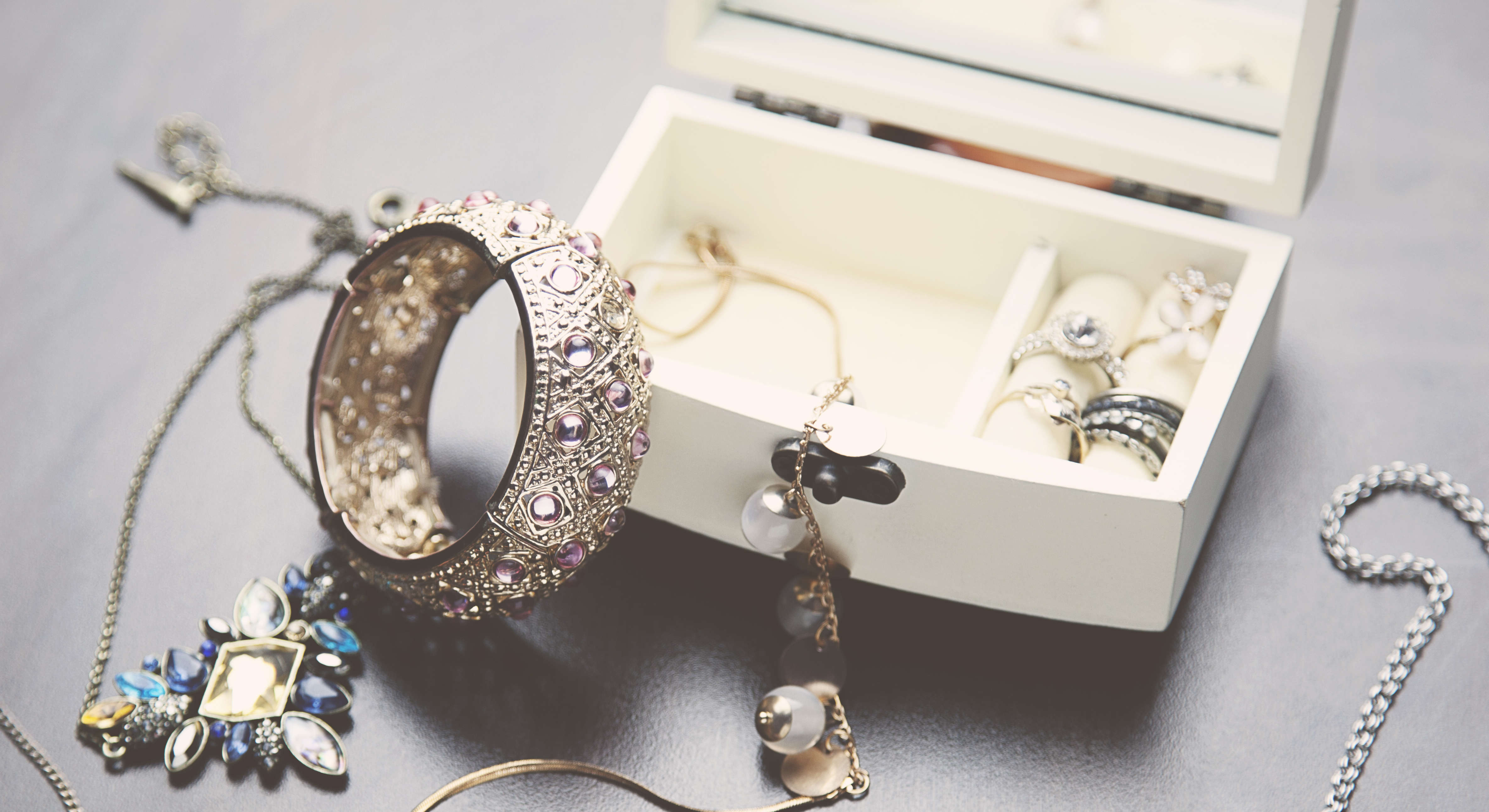How to achieve a clutter-free home with the ‘One In, One Out’ method
A long-term approach to keeping on top of your clutter

Decluttering is high on the agenda at the beginning of each new year. There’s a natural instinct to sweep out the old and start afresh. But, however well-intentioned we start, old habits quickly creep back in. And now we're into February, it's important not to let this happen.
Therefore, finding a good decluttering method that not only helps us to rid our homes of items that we no longer need but sets us up with new patterns of behaviour to help us keep on top of the clutter, is what we all need.
We’ve all become familiar with the Kon Marie decluttering method, the 90/90 Rule, the Ski-Slope Method, and even Swedish Death cleaning, but it's time to visit the "one in, one out" method.
What is the one in, one out method?
This organization method is not overly complicated, and like its name suggests, it’s based on the concept of one item in, and one item out. Amanda Biggs, membership director of the Association of Professional Declutterers & Organisers (APDO) and founder of decluttering service Professionally Organised, says: “Each time you buy something new, you remove something from your home to make space for it. It’s especially easy to do with like-for-like items, like clothes, technology and books.”
Craig Hoareau, APDO member and founder of A Tidy Mind London, echoes the above, and adds: “This rule forces you to think critically about your possessions and purchasing habits, ensuring that you only keep the things that are truly necessary or meaningful.”
What are the advantages of the one in, one out method?

The one in, one out method is particularly useful to follow once you’ve had a declutter, and is one practice Horeau says all professional organisers encourage their clients to do. “It’s a simple yet effective strategy for maintaining order and reducing clutter in the long term. It prevents you from keeping broken duplicates or buying more than your home can fit. Since you must remove an item for every new one,” says Horeau.
The method not only keeps your area more organised but makes you more mindful of new purchases — leading to better decision-making about what you genuinely need or value.
Get instant access to breaking news, the hottest reviews, great deals and helpful tips.
Hoareau explains: “I always use the analogy of filling a glass of water. A glass of water can only hold so much water before it starts overflowing, when it overflows it creates a mess which means you’ve put in too much water. Now, if you want to add some more to the glass, some of that water needs to come out. This directly correlates with the one in, one out method.”
Siân Pelleschi, APDO’s president and founder of Sorted says apart from creating a routine that can actively support you in keeping on top of the clutter in your home it can make you feel good. “The one in, one out method provides a simple and achievable way of reducing the anxiety of tackling larger amounts of items — the endorphins that come from a sense of achievement are just a few that come to mind.”
How to decide what goes out

Undoubtedly the hardest part of one in, one out, is deciding what goes out. I love the idea of this method, and I try to stick to it, but it can be a challenge. Even though I may not have used an appliance or worn an item of clothing for over a year, I still have a niggling thought in the back of my mind I may need it one day. However, over time I am getting better and finding it easier to make decisions.
Luckily Horeau has some advice: “A good strategy is to assess each item to determine its usefulness and value in your home. Ask questions like: “When did I last use this?” or “Does this item bring me joy or serve a purpose?””
If the new item you want to buy serves the same purpose as an older one you still own, decide if you want to spend money on a new version. You could save yourself some dollars and stick with what you’ve already got.
Horeau also suggests focusing on similar categories when replacing items, as this will make it a more even playing field with the in and out items.
What about sentimental items?

While banishing poorly fitting clothes or getting rid of appliances that no longer work are easy to clear, making a decision about sentimental items is a much harder challenge. Sometimes, it’s easier to not make a decision at all.
Pelleschi has some valuable advice: “Sentimental items are much harder to let go of for obvious reasons and I would always suggest looking at items that hold no sentimental value in the first instance. Your brain needs time to get used to the idea of letting things go. Starting with the hardest items will only make the process more tricky or may even stop you starting altogether, because making the decisions are too hard which can cause overwhelm and anxiety.”
Horeau suggests considering a grace period before making a final decision, putting items away for a year before reviewing them: “After that time if you didn’t think about it, you didn’t go looking for it and your life didn’t change without it, consider letting it go.”
How to perfect the one in, one out method
Just like decluttering and staying organised, it’s a process and it will take time to develop a new habit. “Like with any new routine, it takes time and practice to get into it and for it to become a regular habit,” says Pelleschi, “It’s important to understand what you’re trying to do here. Are you just managing what’s coming into your home or trying to reduce what you have? If it’s the latter, then you need to consider adapting the method to one in, two out, or even one in, three out.”
And at times it can seem like more items are coming in than going out. Horeau says:, “When a lapse happens, take time to re-evaluate your belongings. A decluttering session focusing on removing excess items can help rebalance your space. Regularly reviewing your items ensures you stay on top of the clutter and it doesn’t stay on top of you.”
Keep in control of the items going out

Once you’ve decided what’s going out, the next step is to clear those items so they don’t gather dust at the back of a closet. “When replacing something like technology with a newer model, don’t hold on to the older item,” says Biggs, “Either sell, recycle or donate it as soon as possible. The same goes for clothes, when you buy something new, go through your wardrobe and remove something you no longer wear that doesn’t fit or is damaged.”
Biggs also says it's helpful to have a system of getting rid of items to prevent the build up of clothing and household items getting out of control. “Keep a box in the garage, by the door or under the stairs for donations and when it is full take it to the charity shop,” she says. “You can also have a ‘for sale box’ but try not to let this build up as it can get overwhelming. This can be a great method for maintenance as it helps to keep the number of items you own in check.”
Is the one in, one out method right for you?
The one in, one out method encourages a more mindful approach to consumption, helping to promote sustainable living by reducing unnecessary consumption, making you question your purchases before buying new. Horeau says: “It can also help you achieve a more organised space, which in turn can reduce stress and improve mental clarity.”
However, like any decluttering method, it might not work for everyone. “You need to be aware of what your end goal is, how soon you want to try to reach it and your personality type,” says Pelleschi. “If you’re the kind of person who likes to do a lot in one bulk, then this won’t work for you. However, if you get overwhelmed easily by the sheer number of things that surround you, but want to feel like you’re making a start, this would be a great way to begin.”
One of the main takeaways is that the one in, one out method isn’t designed to help you with one-off decluttering sessions, it’s based on a long-term approach that can come into play once you’ve had an initial declutter. But if you can get into good habits, it certainly has a lot to offer in terms of helping you stay in control of your clutter. You may never need to have a one-off decluttering session again!
If you're prepared to really blitz your clutter, you could try the "ex rule", but beware, you might end up with an empty house. Or, if you need a decluttering method that you can break down into simple steps, how about trying the 10-10 decluttering method or the snowball decluttering method?
More from Tom's Guide

Camilla is the Homes Staff Writer and covers everything to do with homes and gardens. She has a wealth of editorial experience, mounting over 30 years, and covers news and features, tests products for reviews and compiles buying guides.
Her work has appeared in business and consumer titles, including Ideal Home, Real Homes, House Beautiful, Homebuilding & Renovation, and Kitchen & Bathroom Business. She’s even appeared on the cover of Your Home, writing about her own house renovation.
Although she’s obsessed with decorating her home, she also enjoys baking and trying out the latest kitchen appliances. But when she’s not inside, you’ll find her pottering about in her yard, tending to her vegetable patch or taking in her prized hydrangeas.
